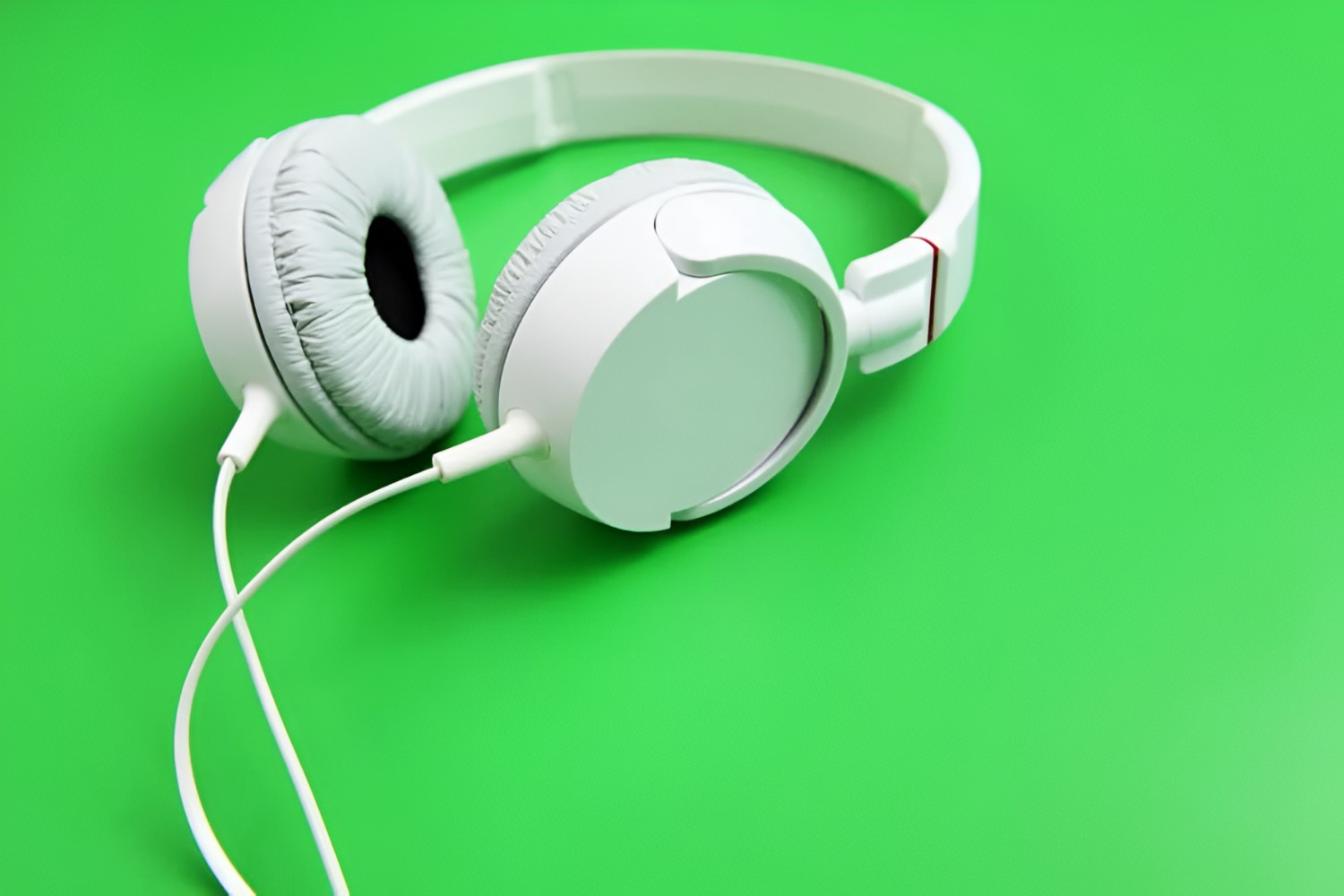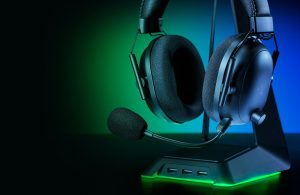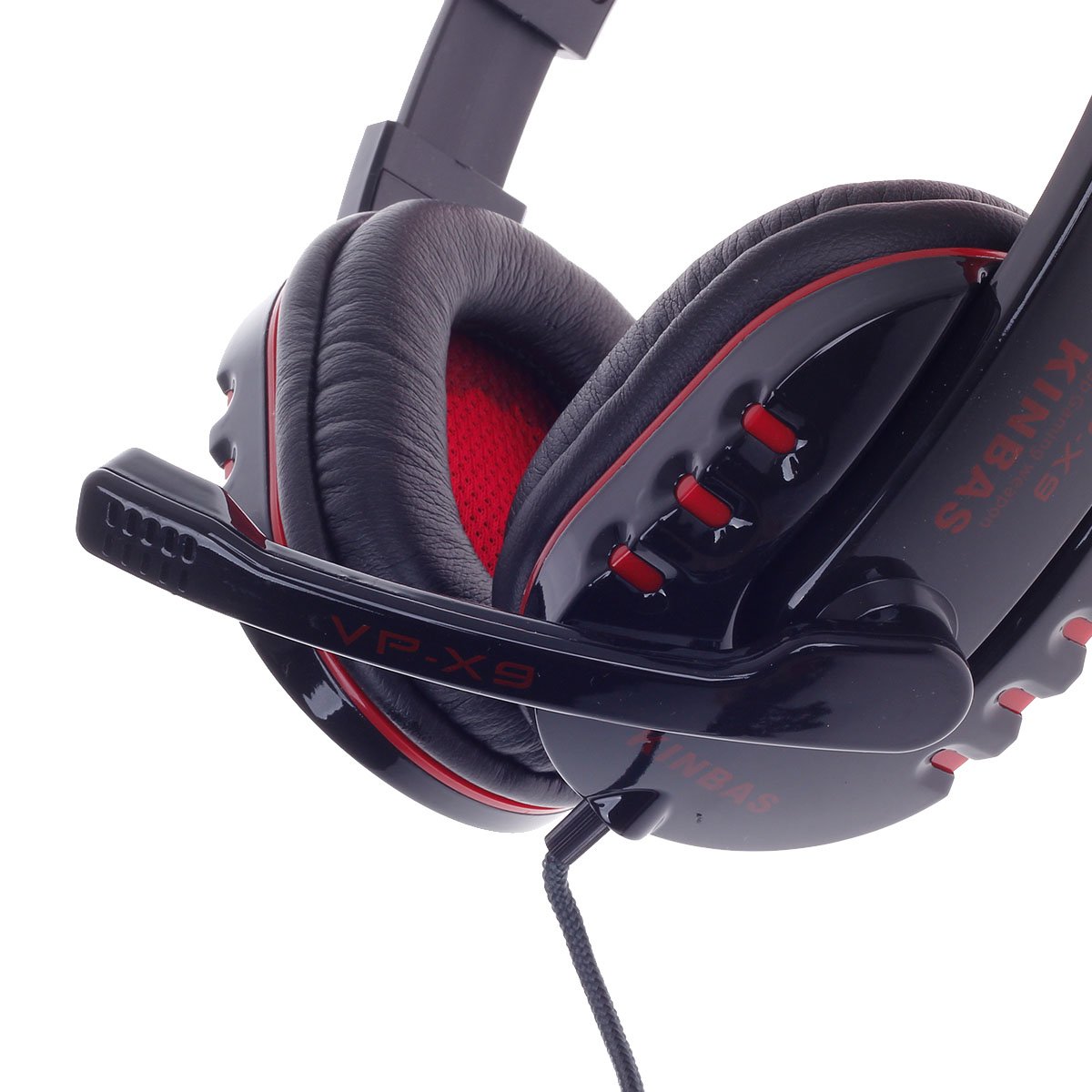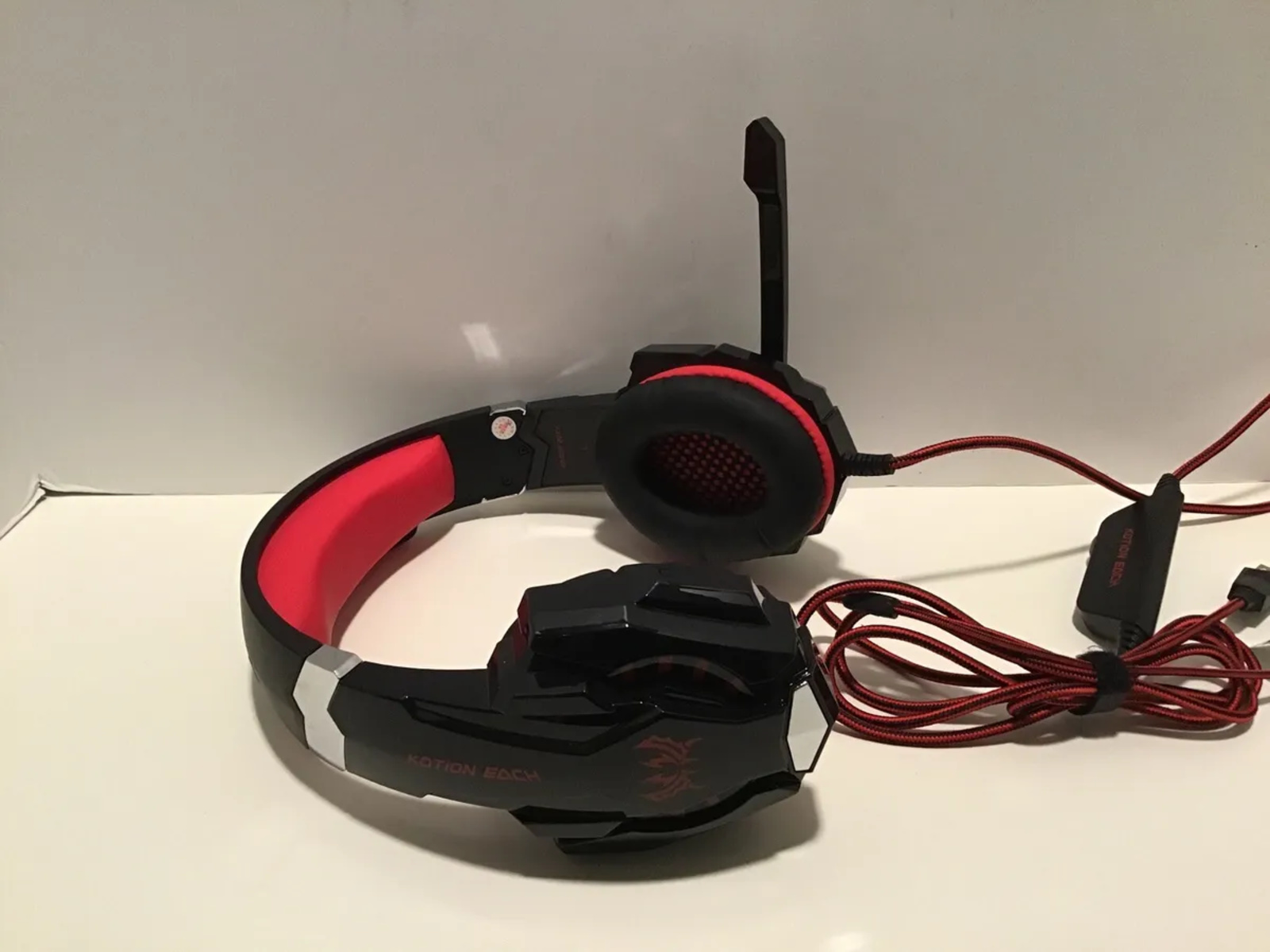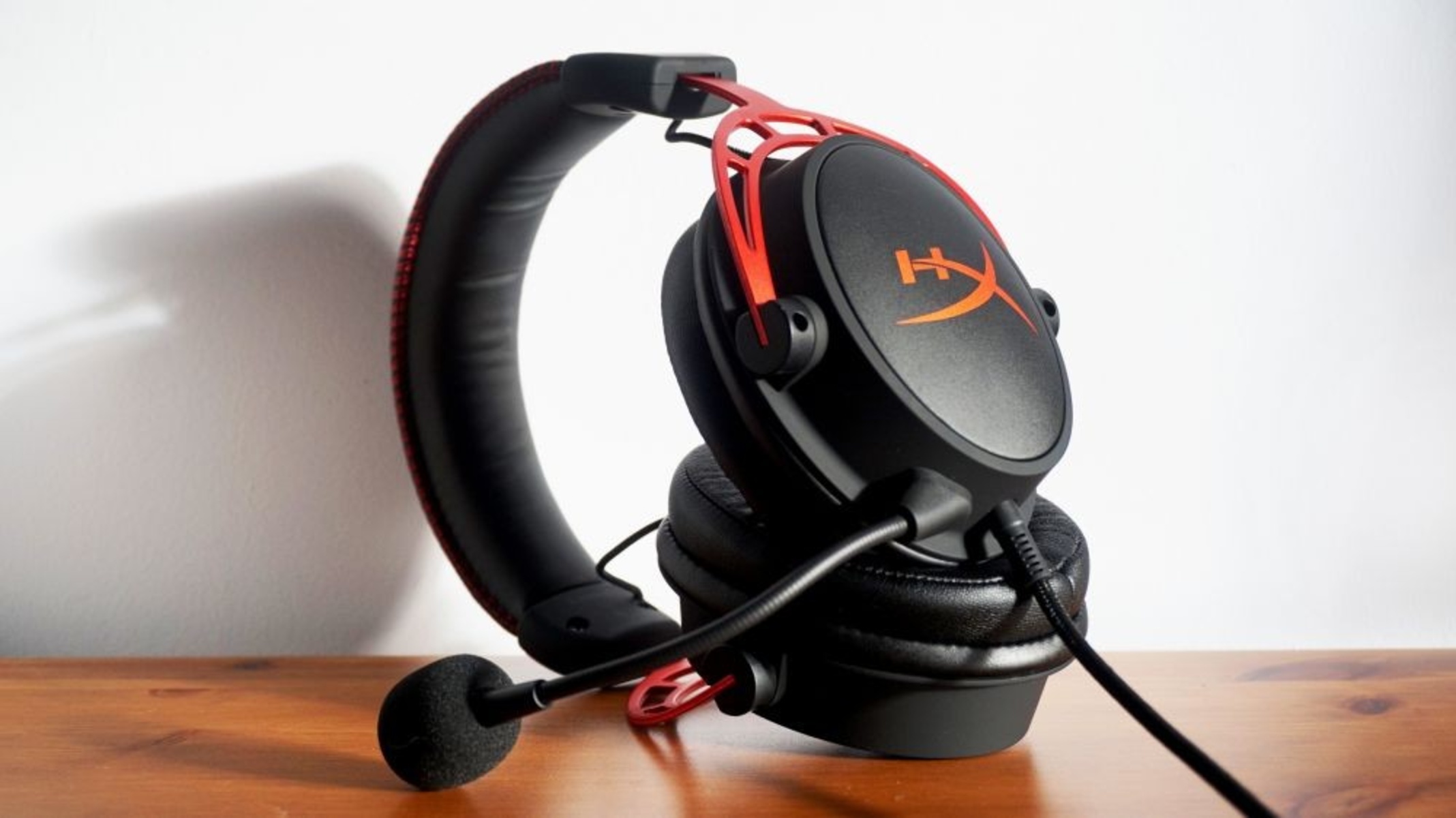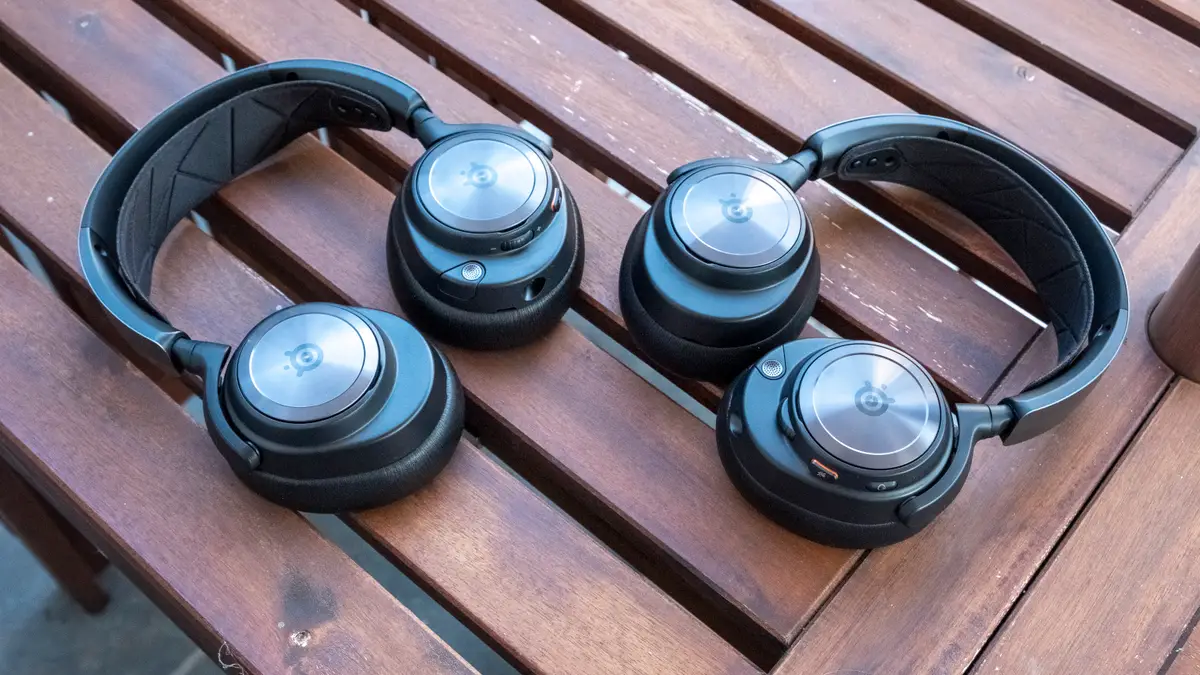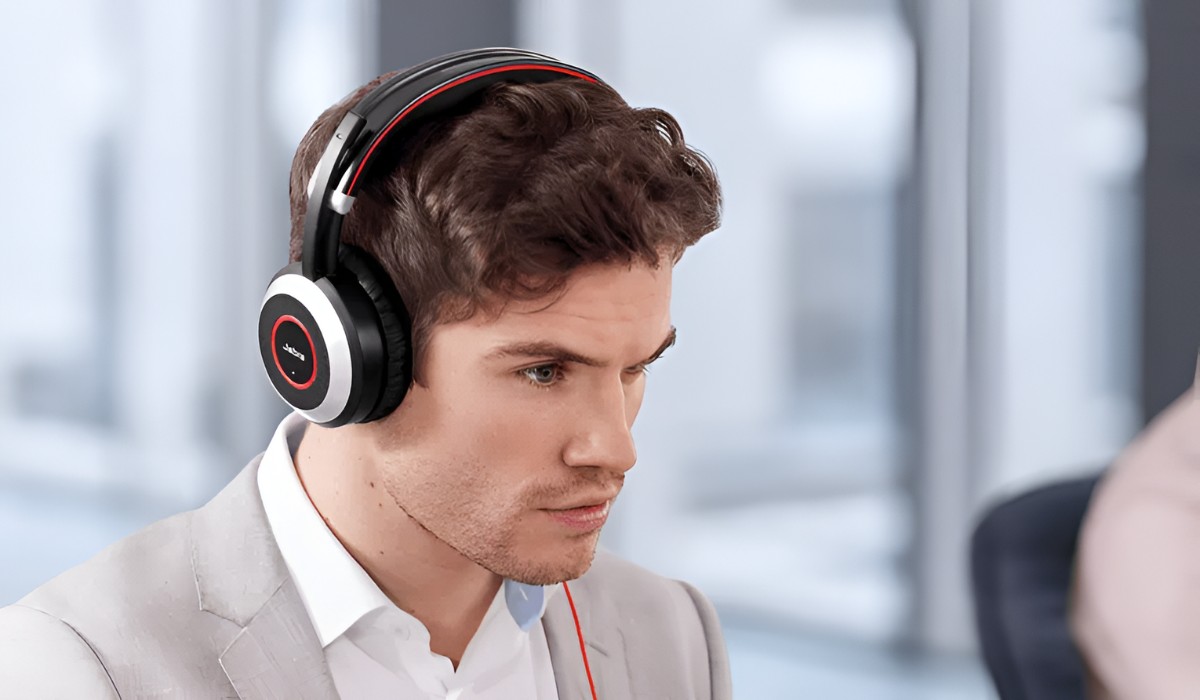Introduction
Welcome to the world of gaming headsets, where immersive audio and crystal-clear communication are paramount. However, the presence of background noise can detract from this experience, causing frustration and hindering overall enjoyment. Whether it's the hum of a fan, the clatter of a mechanical keyboard, or ambient sounds in your environment, background noise can disrupt your gaming sessions and communication with fellow players.
Fortunately, there are effective strategies to minimize and eliminate background noise, allowing you to fully immerse yourself in the gaming experience without distractions. In this guide, we'll delve into the nuances of background noise, explore practical tips for reducing its impact, and discuss the use of software and hardware adjustments to achieve a quieter, more focused audio environment.
By implementing these techniques, you can elevate your gaming experience, enhance communication clarity, and create an optimal audio environment that maximizes your headset's capabilities. Whether you're a dedicated gamer, a content creator, or someone who simply values high-quality audio, the insights shared in this guide will empower you to overcome the challenges posed by background noise and unlock the full potential of your gaming headset. Let's embark on this journey to achieve pristine, uninterrupted audio in the gaming realm.
Understanding Background Noise
Before delving into the methods for mitigating background noise on a gaming headset, it’s crucial to grasp the nature of this auditory nuisance. Background noise encompasses a wide array of unwanted sounds that infiltrate the audio stream, often originating from environmental factors or electronic interference. Common sources of background noise include ambient room sounds, computer fan whirring, keyboard typing, and echoes in the gaming environment.
Background noise can significantly diminish the overall audio quality of a gaming headset, leading to distorted communication, reduced immersion, and an overall subpar experience. This interference can be particularly disruptive during crucial gaming moments, team communication, or when creating gaming content for an audience.
Furthermore, background noise can manifest in various forms, such as constant low-frequency hums, intermittent sharp clicks, or sustained white noise. Each type of background noise presents its own challenges and requires tailored approaches to effectively minimize its impact on the audio experience.
Understanding the characteristics and origins of background noise is essential for devising targeted solutions that address specific issues. By recognizing the diverse nature of background noise, gamers and content creators can employ a combination of software-based techniques and hardware adjustments to achieve a quieter, more refined audio output from their gaming headsets.
As we navigate through the strategies for combating background noise, it’s imperative to remain mindful of the distinct factors that contribute to this auditory interference. With a comprehensive understanding of background noise, we can proceed to explore actionable steps for creating an optimal audio environment that enhances gaming immersion and communication clarity.
Tips for Minimizing Background Noise
Effectively minimizing background noise on a gaming headset involves a combination of proactive measures and strategic adjustments. By implementing the following tips, gamers and content creators can significantly reduce unwanted auditory interference and elevate their overall audio experience:
- Optimize the Gaming Environment: Start by creating an acoustically favorable gaming environment. Minimize ambient noise by closing windows, using sound-absorbing materials, and positioning the gaming setup away from sources of extraneous sound, such as household appliances or high-traffic areas.
- Invest in a Quality Microphone: Upgrading to a high-quality microphone with superior noise-canceling capabilities can effectively reduce background noise during voice communication, ensuring that your voice comes through with clarity while minimizing environmental disturbances.
- Utilize Noise-Canceling Technology: Consider using a gaming headset equipped with active noise-canceling technology. These headsets employ advanced algorithms to counteract background noise, resulting in a more immersive and focused audio experience.
- Employ a Pop Filter: When using a microphone for voice communication or content creation, attaching a pop filter can mitigate plosive sounds and reduce ambient noise, resulting in clearer and more professional-sounding audio.
- Strategic Microphone Placement: Position the microphone of your gaming headset optimally to capture your voice while minimizing background noise. Experiment with microphone placement to achieve the best balance between voice clarity and noise reduction.
- Use Soundproofing Materials: Incorporate soundproofing elements in your gaming space, such as acoustic panels or foam, to minimize reverberations and external noise infiltration, creating a more controlled audio environment.
- Adjust Communication Settings: In team-based gaming scenarios, adjust communication software settings to prioritize voice activation and suppress background noise during voice chat, enhancing the clarity of in-game communication.
- Regular Maintenance: Routinely clean and maintain your gaming headset and associated hardware to prevent the buildup of dust or debris that can contribute to unwanted background noise.
By implementing these practical tips, gamers and content creators can effectively minimize background noise, resulting in a more immersive, professional, and enjoyable audio experience with their gaming headsets.
Using Software to Remove Background Noise
Software solutions play a pivotal role in combating background noise and enhancing the audio quality of gaming headsets. Various applications and tools offer advanced noise reduction features, empowering users to achieve clearer, more refined audio output. Here are several software-based approaches to effectively remove background noise:
- Noise Suppression Filters: Many voice communication and streaming applications provide noise suppression filters that actively identify and diminish background noise, resulting in improved voice clarity and reduced environmental interference.
- Equalization and Audio Enhancement: Utilize audio equalizers and enhancement tools to fine-tune the audio output of your gaming headset. By adjusting frequency bands and applying audio enhancements, users can mitigate the impact of background noise and optimize the overall audio experience.
- Voice Activity Detection (VAD): Voice communication software often incorporates VAD functionality, which intelligently detects and activates the microphone only when the user is speaking, effectively suppressing background noise during periods of silence.
- Real-Time Noise Cancellation: Advanced noise cancellation software processes the audio input in real time, actively identifying and removing background noise before it reaches the headset’s output, resulting in a cleaner and more immersive audio experience.
- Custom Audio Profiles: Some gaming audio software allows users to create custom audio profiles tailored to their specific environment and gaming preferences, enabling precise adjustments to mitigate background noise and optimize audio quality.
When leveraging software solutions to remove background noise, it’s essential to explore the features and settings offered by gaming communication applications, audio processing software, and headset-specific control panels. By familiarizing oneself with these tools and implementing the appropriate adjustments, users can effectively minimize background noise and unlock the full potential of their gaming headset’s audio capabilities.
Adjusting Hardware Settings
Optimizing the hardware settings of a gaming headset is instrumental in reducing background noise and enhancing overall audio performance. By making strategic adjustments to the headset’s hardware components and associated devices, users can effectively mitigate unwanted auditory interference. Here are several hardware-based strategies for minimizing background noise:
- Microphone Sensitivity Settings: Adjust the microphone sensitivity through the headset’s control software or system settings to fine-tune the input level, reducing the pickup of ambient noise while maintaining clear voice capture.
- USB Sound Cards and Audio Interfaces: Consider utilizing external USB sound cards or audio interfaces, which can offer superior audio processing capabilities and noise reduction features, resulting in cleaner audio output from the gaming headset.
- Headset Positioning and Fit: Ensure that the gaming headset is positioned correctly and securely on the head to maintain a consistent and optimal audio capture position, minimizing the impact of external sounds on the microphone.
- Driver and Firmware Updates: Regularly update the headset’s drivers and firmware to ensure compatibility with the latest noise reduction algorithms and audio processing enhancements, maximizing the headset’s noise-cancellation capabilities.
- Audio Input/Output Configuration: Adjust the input and output configurations in the system’s audio settings to optimize the balance between voice capture and background noise suppression, tailoring the headset’s performance to the user’s specific audio environment.
- Use of Inline Noise Filters: Some gaming headsets feature inline noise filters or noise-canceling modules that can be toggled to actively reduce background noise, offering an additional layer of control over the audio output.
- Environmental Noise Monitoring: Certain gaming headsets incorporate environmental noise monitoring technology, allowing users to visualize and adjust the headset’s noise cancellation levels to effectively counteract specific background noise patterns.
By leveraging these hardware-based adjustments and features, users can customize their gaming headset’s performance to effectively minimize background noise and optimize audio quality, thereby creating a more immersive and distraction-free gaming and communication experience.
Conclusion
Mastering the art of eliminating background noise on a gaming headset is a transformative endeavor that empowers users to unlock the full potential of their audio experience. By understanding the diverse nature of background noise and implementing a multifaceted approach, individuals can significantly enhance their gaming immersion, communication clarity, and content creation capabilities.
From optimizing the gaming environment and investing in quality hardware to leveraging advanced software solutions, the journey to minimize background noise is a dynamic and rewarding process. Each strategy, whether it involves adjusting hardware settings, utilizing noise-canceling technology, or employing noise suppression filters, contributes to a more refined and distraction-free audio environment.
As users implement these techniques and tailor them to their specific gaming setups and communication preferences, they gain the ability to create an audio space that fosters unparalleled immersion, seamless communication, and professional-grade content creation. The impact of these efforts extends beyond individual experiences, enhancing the overall quality of interactions within gaming communities and elevating the standard for immersive audio experiences.
By embracing the insights and strategies outlined in this guide, users can embark on a journey to conquer background noise and realize the full potential of their gaming headsets. Whether engaging in intense gaming sessions, collaborating with teammates, or creating captivating content, the pursuit of pristine audio quality is a testament to the dedication and passion that define the gaming community.
With a blend of technical prowess, creative adaptation, and a commitment to audio excellence, users can transcend the limitations imposed by background noise, creating an audio environment that amplifies the thrill of gaming and the depth of communication. As the gaming landscape continues to evolve, the pursuit of impeccable audio quality remains a cornerstone of the immersive and captivating experiences that define modern gaming culture.







